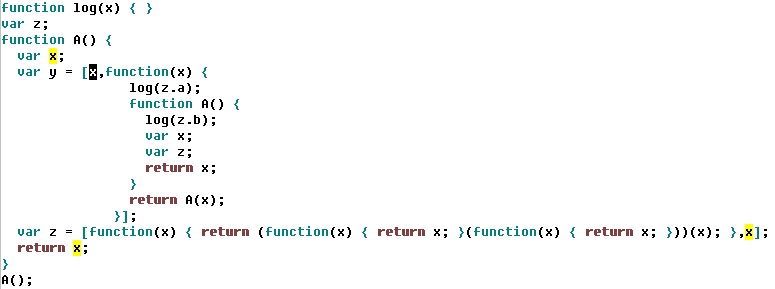typescript-tools and typescript-tools.vim
(status: no longer active)TypeScript (Microsoft, October 2012) offers EcmaScript 6 features for EcmaScript 5 engines, augmented with an optional static type system, on top of which language services for language-aware developer tools are provided in the form of a TypeScript/JavaScript API.
typescript-tools makes these language services, combined with source dependency chasing, available through a nodejs commandline server (commands in, JSON info out); a Vim plugin uses this server to support type and JSDoc information, jump-to-definition, completion, compiler errors, project navigation, etc.
typescript-tools is also the basis for Emacs and Sublime plugins.



